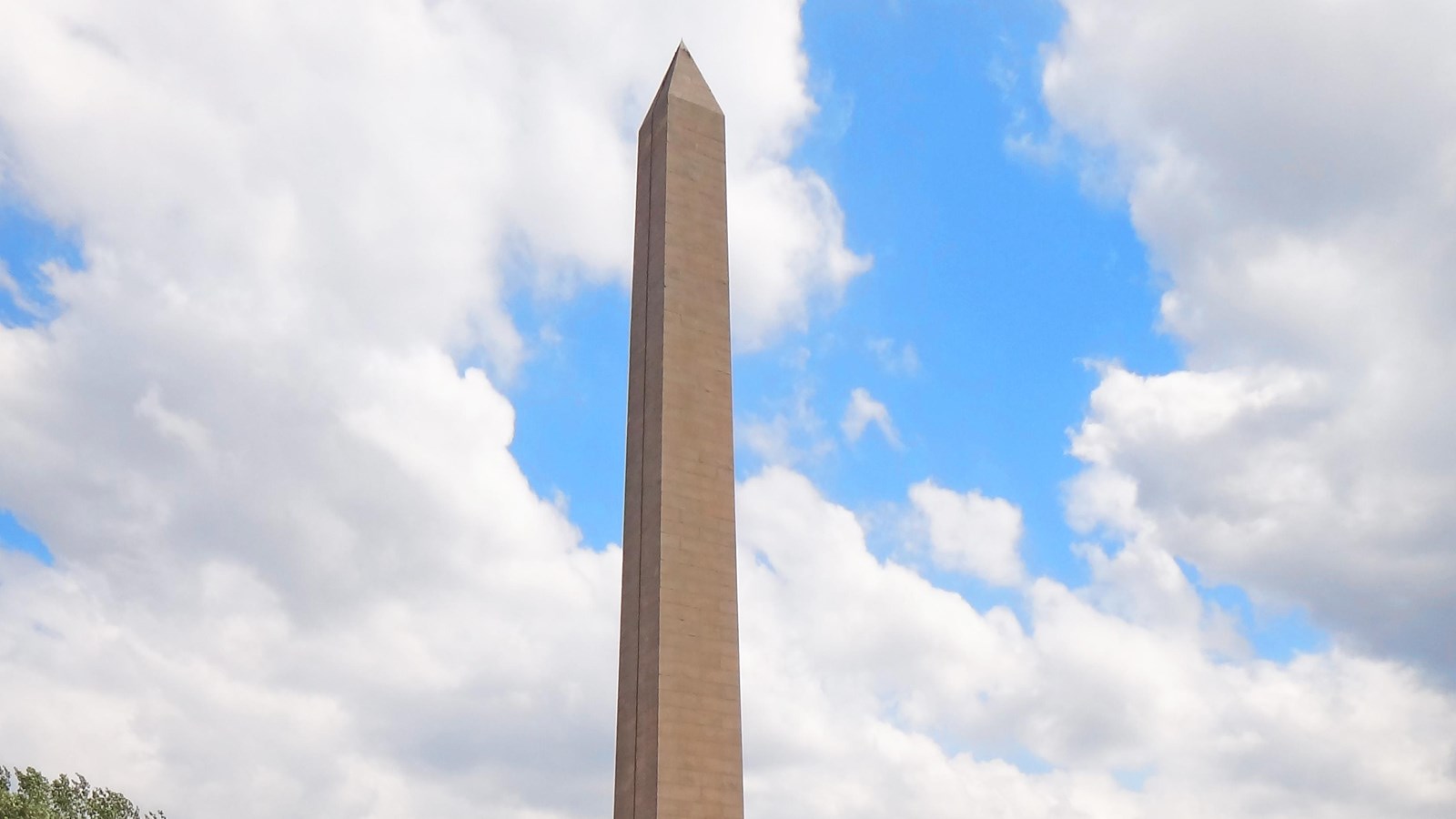Last updated: January 25, 2021
Place
Sergeant Floyd Monument

Benches/Seating, Historical/Interpretive Information/Exhibits, Information, Information Kiosk/Bulletin Board, Parking - Auto
Lewis and Clark NHT Visitor Centers and Museums
This map shows a range of features associated with the Lewis and Clark National Historic Trail, which commemorates the 1803-1806 Lewis and Clark Expedition. The trail spans a large portion of the North American continent, from the Ohio River in Pittsburgh, Pennsylvania, to the mouth of the Columbia River in Oregon and Washington. The trail is comprised of the historic route of the Lewis and Clark Expedition, an auto tour route, high potential historic sites (shown in black), visitor centers (shown in orange), and pivotal places (shown in green). These features can be selected on the map to reveal additional information. Also shown is a base map displaying state boundaries, cities, rivers, and highways. The map conveys how a significant area of the North American continent was traversed by the Lewis and Clark Expedition and indicates the many places where visitors can learn about their journey and experience the landscape through which they traveled.
The Sergeant Floyd Monument commemorates Sergeant Charles Floyd, Jr., the only member of the Corps of Discovery to die on the journey. Writing in his diary on July 31st, Floyd noted, "I am verry sick and has ben for Sometime but have Recovered my helth again." However, this quick recovery was followed by a turn for the worse. The night before his death, Clark remarked, "Serjeant Floyd is taken verry bad all at once with a Biliose Chorlick we attempt to relieve him without success as yet, hr gets worst and we are much allarmed at his Situation, all attention to him.”
On August 20, 1804, Floyd passed away, most likely from peritonitis, caused by the inflammation or rupture of his appendix. He died from an illness that even the best doctors of the day could not have cured. Clark wrote:
“. . . Serj. Floyd died with a great deal of composure. Before his death he said to me, "I am going away. I want you to write me a letter." We buried him on the top of the bluff ½ mile below a small river to which we gave his name. He was buried with the Honors of War much lamented. A seeder post with the (I) Name Sergt. C. Floyd died here 20th of August 1804 was fixed at his grave. This man at all times gave us proofs of his firmness and determined resolution to doe service to his countrey and honor to himself . . .”
Today, part of a 23-acre park, a 100-foot obelisk of heavy Kettle River sandstone marks the final resting place of Sergeant Charles Floyd, Jr.
Sergeant Floyd Monument is a High Potential Historic Site on the Lewis and Clark National Historic Trail.
Charles Floyd died on August 20, 1804, after becoming violently ill the previous day (likely peritonitis caused by a ruptured appendix). Clark wrote, “we Came to make a warm bath for Sergt. Floyd hopeing it would brace him a little, before we could get him in to this bath he expired, with a great deel of composure, haveing Said to me before his death that he was going away and wished me to write a letter— we took Buried him to the top of a high round hill over looking the river & Countrey for a great distance Situated just below a Small river without a name to which we name & call Floyds river, the Bluffs Sergts. Floyds Bluff— we buried him with all the honors of War, and fixed a Ceeder post at his head with his name title & Day of the month and year Capt Lewis read the funeral Service over him after paying everry respect to the Body of this desceased man (who had at All times given us proofs of his impatiality Sincurity to ourselves and good will to Serve his Countrey) we returned to the Boat & proceeded to the Mouth of the little river 30 yd. wide & Camped a butifull evening.” Floyd would be the only member of the Corps of Discovery to die during the expedition.
In 1857, erosion induced by the Missouri River partially exposed Floyd’s grave. Local settlers recovered and reinterred most of the skeletal remains in a different location on the bluff. The grave was moved again in 1895. The Sergeant Floyd Monument, a 100-foot high sandstone obelisk, was built in 1901. Floyd’s remains were moved a third time and reburied at the base of the monument. Located along US-75 in Sioux City, Iowa, the monument is within a 23-acre park overlooking the Missouri River valley.
